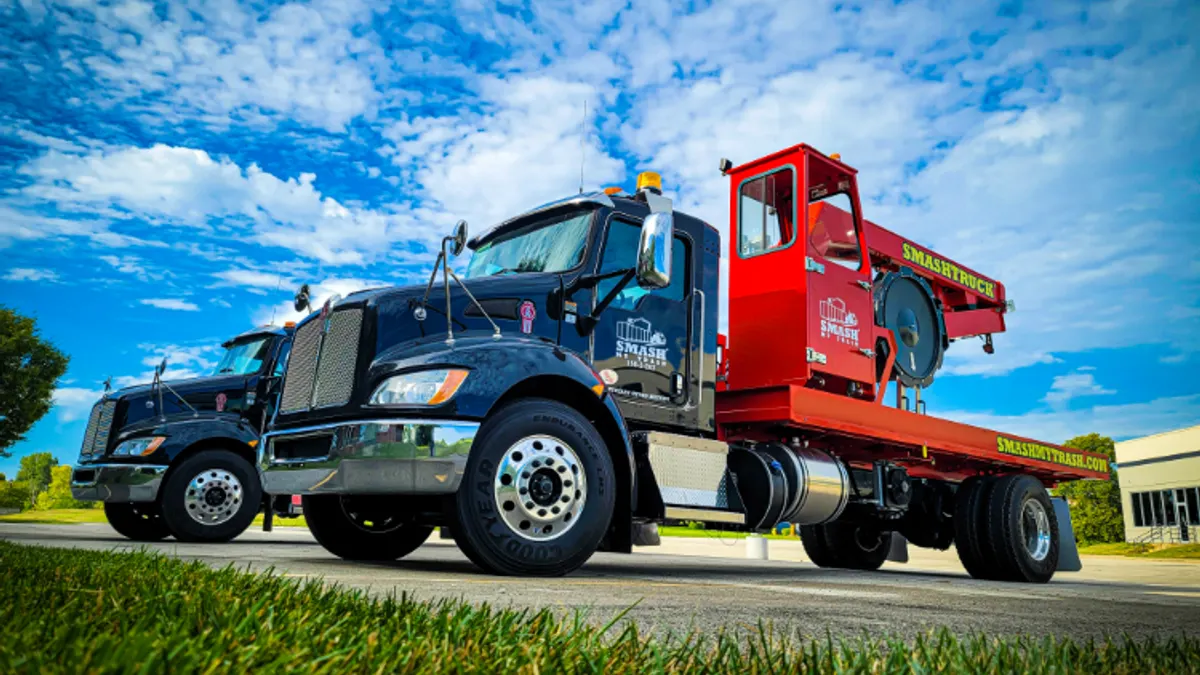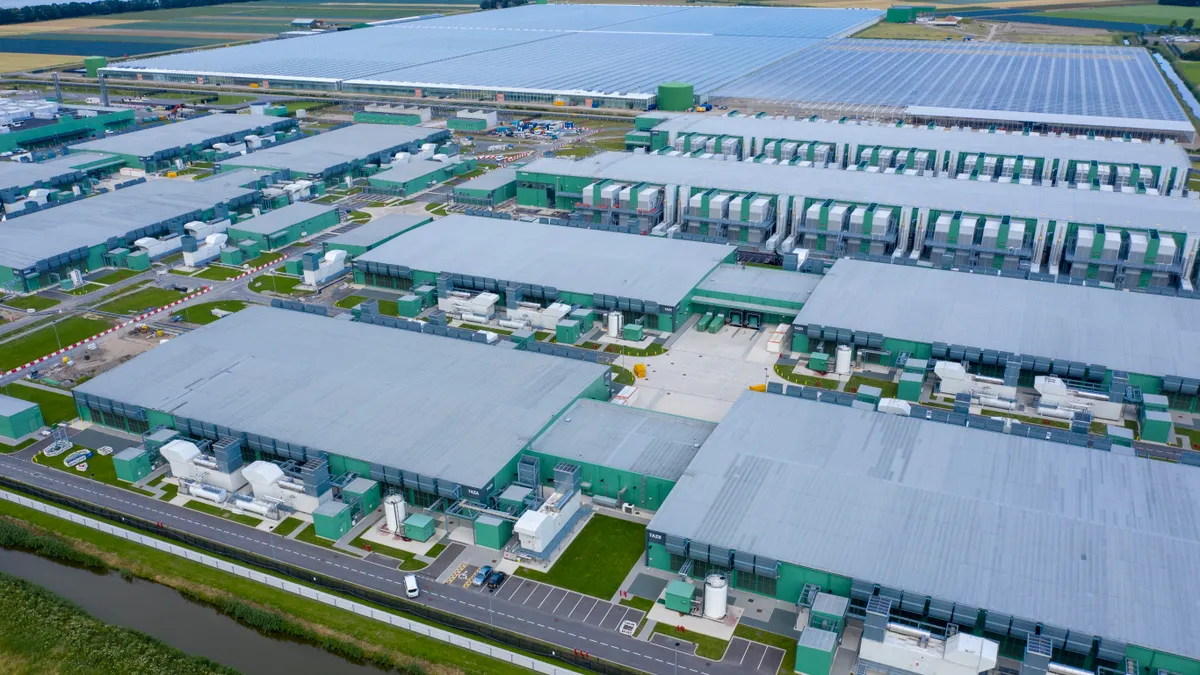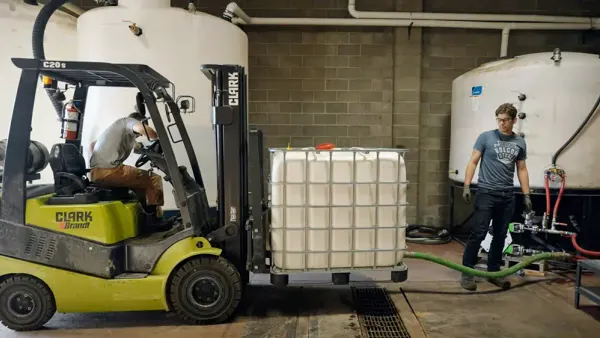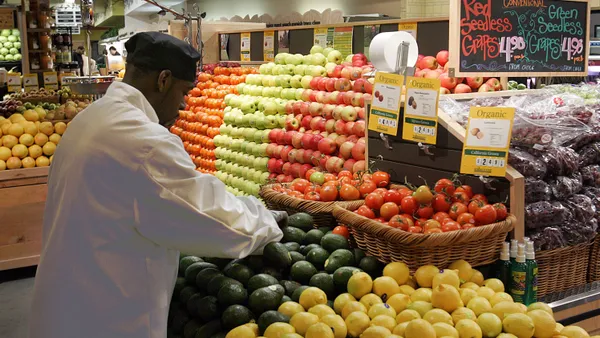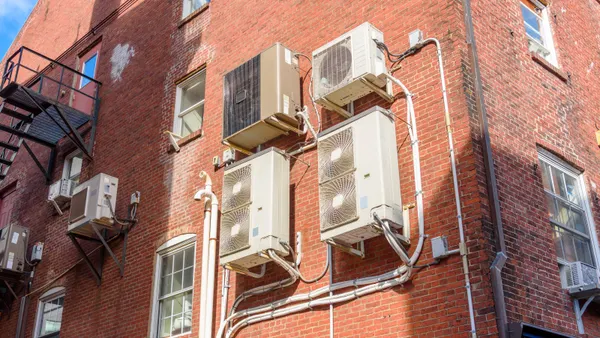For companies that generate steady streams of commercial waste, open-top dumpsters are a critical part of day-to-day operations. They are also one of the most overlooked areas in any business plan, especially for teams focused on sustainability strategies and goals.
Reduced Waste Volume
The innovative process of mobile waste compaction reduces the overall volume of waste, especially materials commonly discarded by many businesses like pallets, crates, packaging and shipping materials, and general mixed trash. By compacting commercial waste onsite, customers get more use-time out of their dumpsters. This reduces the frequency of dumpster hauls, saves money and improves operational efficiency.
And unlike stationary compactors, companies that utilize mobile waste compaction don’t need to rent any energy-demanding equipment, train team members how to use the equipment or deal with costly maintenance or repairs.
Reduced Emissions
It only takes about 10 minutes to complete, and just about every successful mobile waste compaction job helps eliminate lengthy dumpster hauls from the customer’s site to a landfill or transfer station. This reduction in Scope 3 greenhouse gas emissions is backed by independent scientific data. Fewer heavy-duty truck trips also reduce wear and tear on our shared roads and infrastructure.
Improving Single-Stream Recycling Efficiency
For companies that designate some open-top dumpsters specifically for recyclable materials, mobile compaction creates more efficiency for those containers holding a single source of goods, such as cardboard, glass, plastic and metals. This helps companies save on transportation and storage costs.
Increased Landfill Stewardship
By its design, mobile compaction dramatically reduces the volume of large-scale commercial waste. Once compacted, waste takes up far less space - in the dumpster as well as the landfill.
Curious to learn if a mobile waste compaction plan fits into your company’s larger sustainability goals? Take a closer look at the unique service.

